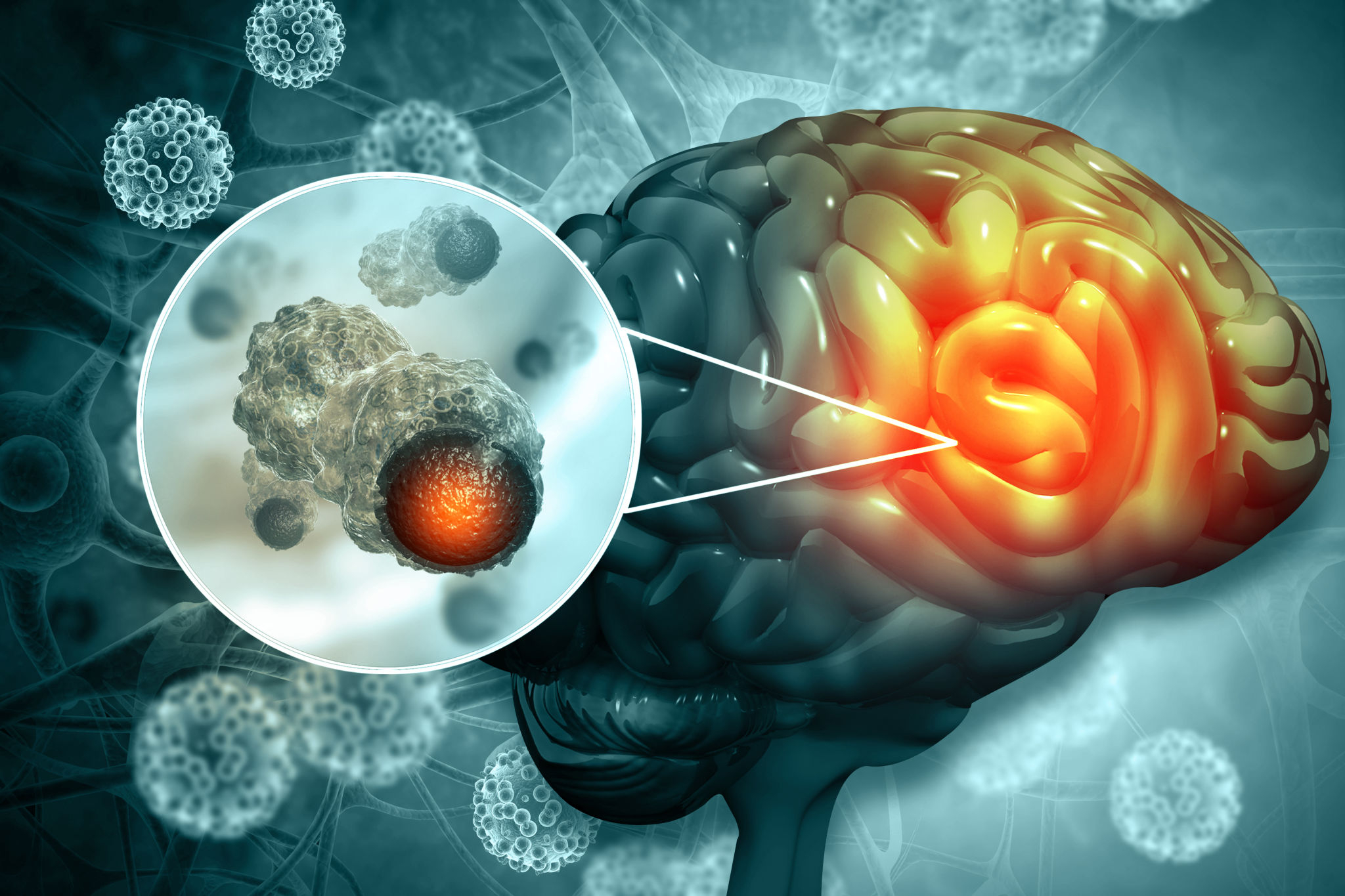According to the Mayo Clinic, brain tumors are the most common solid tumors in children and adolescents, with close to 5,000 children diagnosed each year in the United States. They also account for about 20% of all childhood cancers, as stated by the American Brain Tumor Association. Take our concise assessment to understand if symptoms suggest a potential childhood brain tumor. Answer a few simple questions to gain insight into your child’s well-being and make informed decisions about their medical care.
Epidemiology of Brain Tumors in Children
Brain tumors are the most common form of solid tumors in children, with approximately 3,400 new cases diagnosed annually in the United States. Understanding the types of pediatric brain tumors and their long-term cognitive and neuropsychological outcomes is crucial for comprehensive assessment and treatment planning.
Types of pediatric brain tumors
Pediatric brain tumors come in different forms. The most common is called medulloblastoma, which often starts in the lower back part of the brain. Astrocytomas are another type and can grow anywhere in the brain or spinal cord.
Ependymomas and gliomas are brain tumors that form in the brain’s lining or various parts, respectively, each requiring unique treatment plans for children. Less common tumors like craniopharyngiomas and germ cell tumors may also be found in kids’ brains, with brainstem glioma being a critical concern due to its impact on vital functions.
Early detection of these growths enhances treatment success and aids neurosurgeons in planning effective approaches. Advances in pediatric oncology provide hope for young patients facing these challenges.
Common neurological and sensory late effects
Late effects of childhood brain tumor treatment include neurological and sensory issues like muscle weakness, vision and hearing problems, and balance difficulties. Cognitive impairments such as memory loss and difficulty concentrating are also common. Monitoring and addressing these symptoms is crucial for comprehensive care. Tailored interventions based on understanding these effects can support a child’s post-treatment development and well-being, ultimately enhancing their quality of life as survivors.
Long-term cognitive and neuropsychological outcomes
Childhood brain tumor outcomes depend on tumor type, treatment, age at diagnosis, and patient characteristics. Standardized assessments are essential for proper interventions to support the cognitive and psychological well-being of survivors. Neuropsychological evaluations identify challenges in memory, attention, and academic skills, guiding interventions for improved quality of life. Also, try our Child Bully Assessment, an insightful tool for identifying bullying behaviors in children and taking appropriate action to address them.

Factors Influencing Neurologic and Cognitive Outcomes
Individual patient characteristics, tumor-related factors, treatment-related factors, and environmental factors all play a significant role in determining the neurologic and cognitive outcomes of children with brain tumors. Understanding these influences is crucial for providing comprehensive care and support to pediatric patients.
Individual patient characteristics
Patient age and health status are vital in childhood brain tumor assessment, guiding personalized treatment plans. Factors like genetics and pre-existing conditions also influence treatment decisions and long-term outcomes. Considering cognitive and emotional aspects is crucial for tailored care, addressing both physical and emotional well-being during evaluation and treatment.
Tumor-related factors
Tumor-related factors are pivotal in childhood brain tumor assessment and treatment. Location, size, type, and growth rate significantly affect neurological and cognitive outcomes. Genetic markers associated with tumors offer insights into disease progression and guide personalized therapies. Understanding these factors is crucial for developing tailored assessment and treatment strategies for children with brain tumors.
Treatment-related factors
Effective treatment factors are pivotal for childhood brain tumor outcomes, encompassing tailored neurosurgical and oncological interventions such as surgery, chemotherapy, and radiation therapy. Timely assessment of treatment response is crucial for refining care strategies and optimizing long-term quality of life.
Pediatric brain tumor management involves various therapeutic modalities, including neurosurgical consultations, standardized assessments, and neuropsychological evaluations to tailor individualized approaches and evaluate treatment responses.
Environmental factors
Environmental factors like radiation or chemicals can contribute to pediatric brain tumor development, impacting treatment outcomes. Understanding these factors is vital for precise assessment and intervention in cases, enabling tailored strategies for effective management.
In conclusion, childhood brain tumor assessment is crucial for understanding long-term cognitive and neurological outcomes. Factors such as patient characteristics, tumor-related elements, and treatment factors greatly influence these outcomes. A comprehensive evaluation with neurosurgical consultation and neuropsychological assessment is vital for improving survival rates. Early standardized quantitative assessments are essential for timely intervention in children with brain tumors. Understanding the causes and symptoms of pediatric brain tumors is key to effective evaluation and care.
Additional Resources
Related Assessments

Brain tumours kill more people under the age of 40 than any other cancer, including more children and life expectancy for people with brain tumours has not increased for 40 years.
https://www.drviraldesai.com/